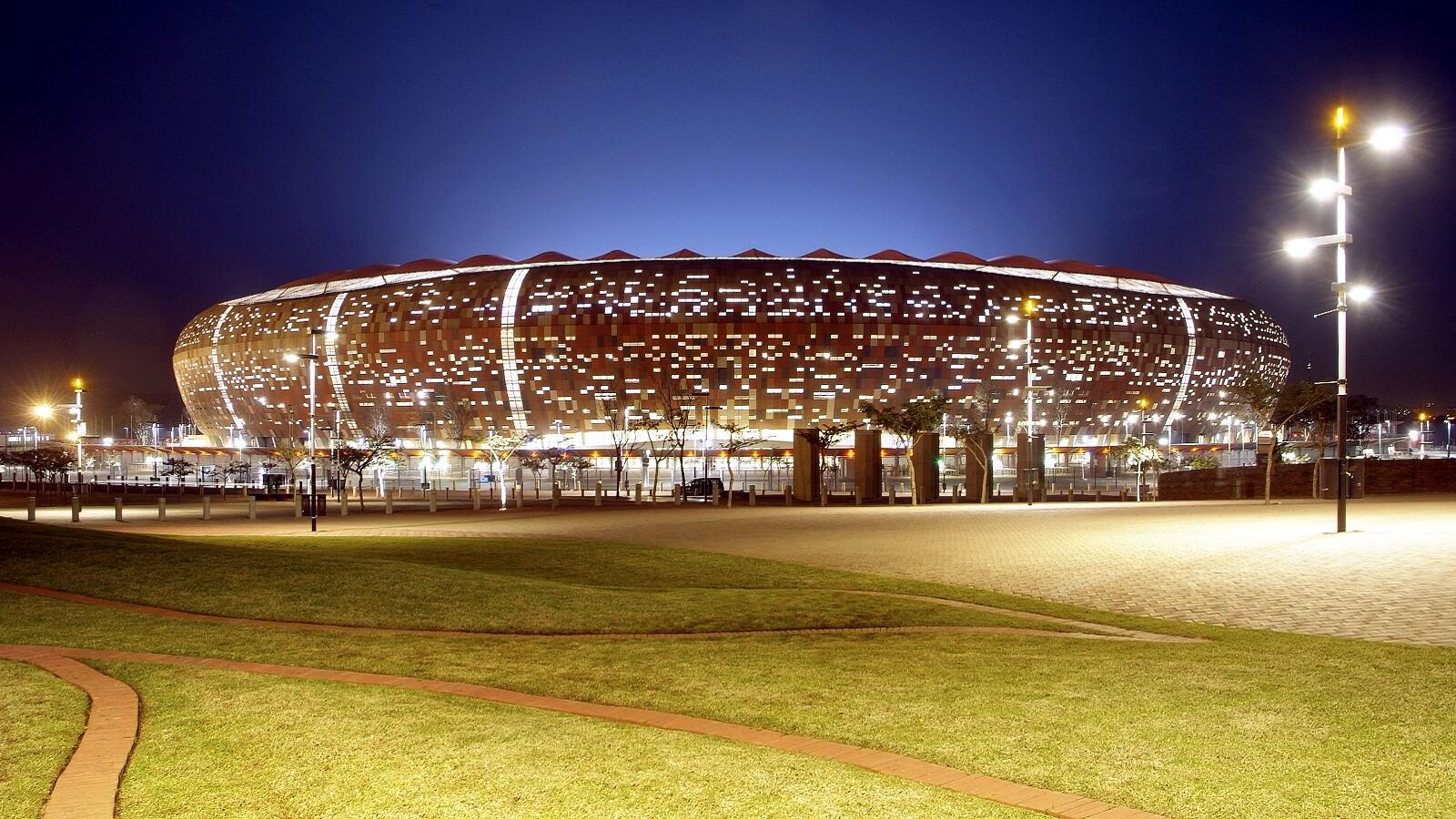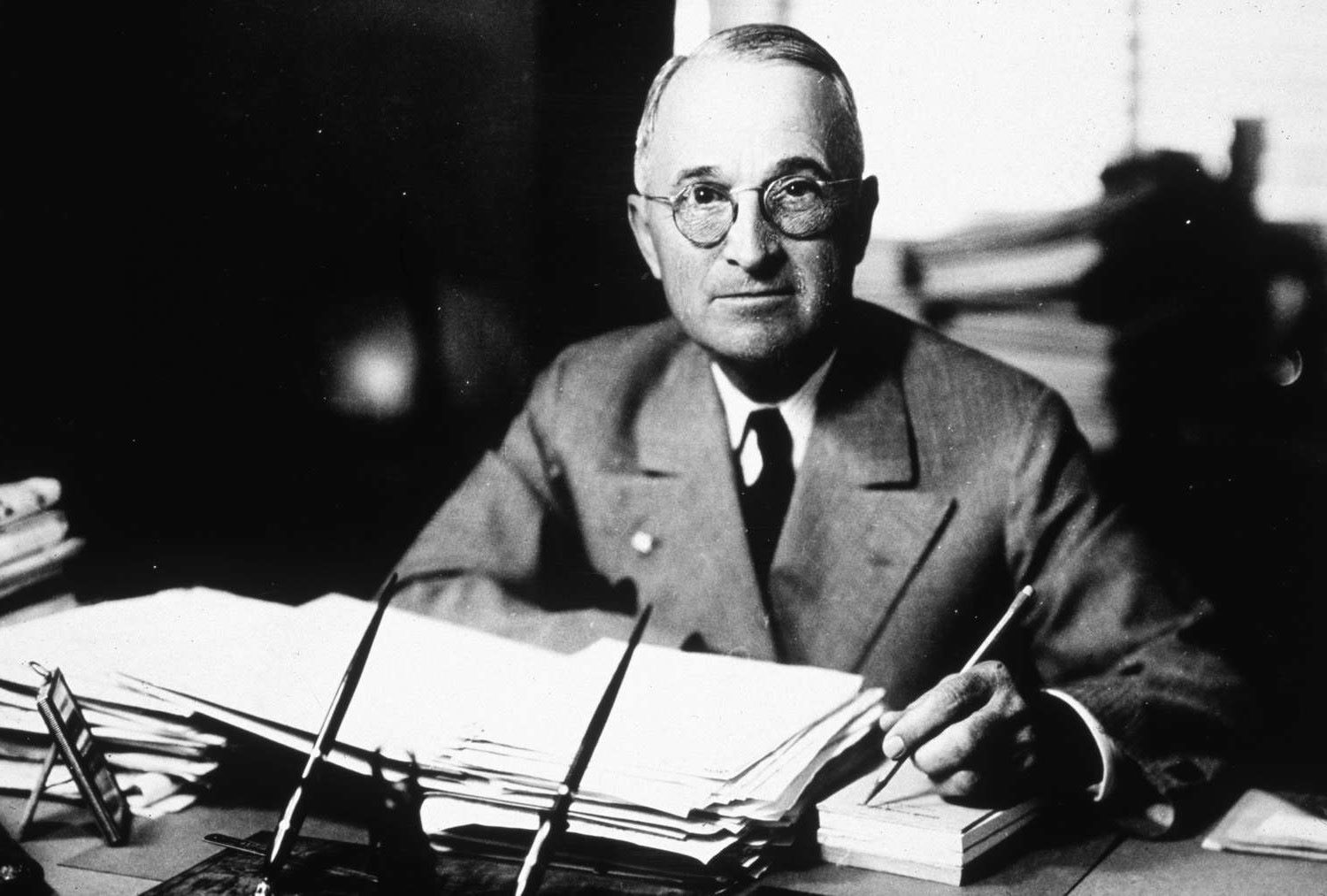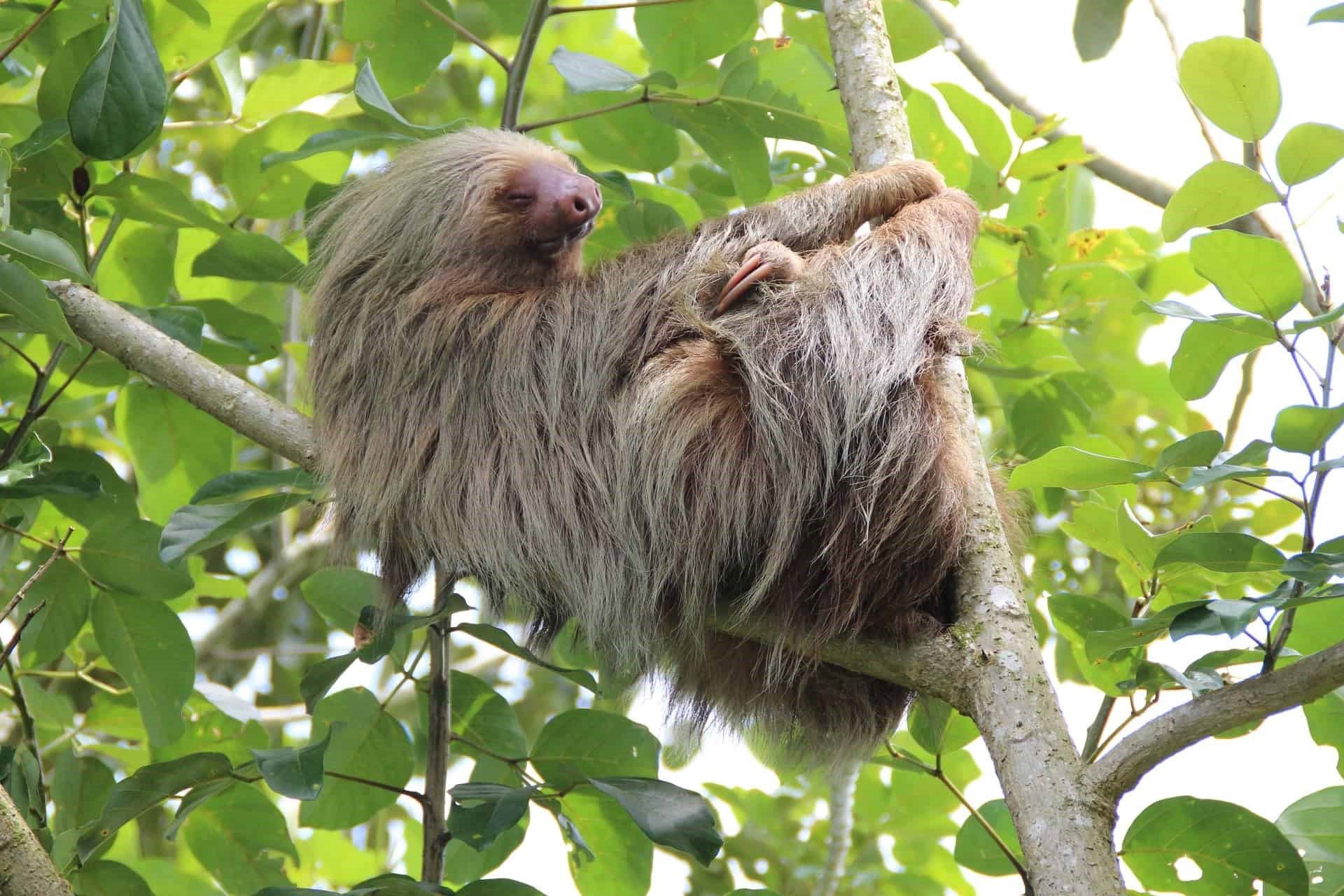
FNB Stadium, also known as Soccer City, is an iconic landmark located in Johannesburg, South Africa. As one of the largest stadiums on the African continent, it holds a significant place in the hearts of sports fans and locals alike. While FNB Stadium is primarily known as the home of South African football and rugby, there is more to this remarkable venue than meets the eye. In this article, we will explore 19 surprising facts about FNB Stadium that showcase its rich history, architectural marvel, and cultural significance. From hosting the memorable 2010 FIFA World Cup final to its unique design inspired by an African pot, FNB Stadium has a story to tell. So, let’s dive in and discover the fascinating facts about this legendary stadium!
Key Takeaways:
- FNB Stadium, also known as Soccer City, is a massive and iconic landmark in Johannesburg, South Africa, with a seating capacity of over 94,000 spectators. It has hosted historic events, including the 2010 FIFA World Cup final and Nelson Mandela’s first public speech after his release from prison.
- The stadium’s unique design, inspired by an African cooking pot, and its role as a venue for sports, music concerts, and political gatherings, make it a symbol of unity and national pride in South Africa. Its state-of-the-art facilities, high-quality playing surface, and impressive lighting system ensure an unforgettable experience for visitors.
The FNB Stadium is located in Johannesburg, South Africa.
As one of the most iconic landmarks in South Africa, the FNB Stadium, also known as Soccer City, is situated in Nasrec, a suburb of Johannesburg.
The construction of FNB Stadium was completed in 1987.
Originally built to host the 1987 South African Games, FNB Stadium has since become a symbol of sporting excellence and cultural significance in the country.
FNB Stadium has a seating capacity of over 94,000 spectators.
With its vast size, FNB Stadium is one of the largest stadiums in Africa, capable of accommodating a massive crowd during major sporting events and concerts.
The shape of FNB Stadium is inspired by an African cooking pot.
The unique design of the stadium was inspired by a traditional African cooking pot called a calabash, with its distinctive curves and flowing lines.
FNB Stadium hosted the 2010 FIFA World Cup final.
As the main stadium for the 2010 FIFA World Cup, FNB Stadium played a crucial role in hosting the prestigious final match between Spain and the Netherlands.
The stadium has hosted various sporting events, including rugby matches.
FNB Stadium is not only known for its association with football but also for hosting rugby matches, including key games of the South African national rugby team, the Springboks.
It has experienced significant renovations over the years.
FNB Stadium has undergone multiple renovations to improve its facilities, infrastructure, and overall spectator experience, ensuring it remains a world-class venue.
Nelson Mandela made his first public speech after his release from prison at FNB Stadium.
This historic stadium holds a special place in South African history as it was the site where Nelson Mandela addressed the nation for the first time as a free man in 1990.
FNB Stadium has also hosted major music concerts.
Aside from its sporting events, the stadium has welcomed renowned artists and bands to perform in front of massive crowds, including legendary acts like U2 and Coldplay.
The FNB Stadium has a comprehensive security system to ensure the safety of spectators.
With its state-of-the-art security features, including surveillance cameras, access control, and trained security personnel, FNB Stadium prioritizes the safety and well-being of its visitors.
The grass playing surface at FNB Stadium is known for its high quality.
The stadium boasts a meticulously maintained grass pitch that meets international standards, providing optimal playing conditions for athletes and enhancing the overall experience for spectators.
FNB Stadium has a removable upper tier.
For smaller-scale events, the upper tier of the stadium can be removed, reducing the seating capacity and creating a more intimate atmosphere.
The stadium has hosted major political gatherings and concerts.
Over the years, FNB Stadium has been a venue of choice for political rallies and concerts, attracting significant crowds who come together to witness historic events and memorable performances.
FNB Stadium was the host venue for the 2009 FIFA Confederations Cup final.
Prior to the 2010 FIFA World Cup, FNB Stadium played a key role in hosting the final match of the 2009 FIFA Confederations Cup between Brazil and the United States.
The playing field at FNB Stadium is surrounded by tiers of seating.
Designed to maximize the spectator experience, the stadium’s tiers of seating provide excellent sightlines, ensuring that fans have optimal views of the action unfolding on the field.
FNB Stadium has an impressive lighting system.
The stadium is equipped with a state-of-the-art lighting system that can illuminate the entire field, creating a vibrant and visually stunning atmosphere for evening matches and events.
The FNB Stadium was designed to withstand extreme weather conditions.
Given its location in South Africa, where weather conditions can be unpredictable, the stadium was built to withstand high winds, heavy rainfall, and other challenging weather phenomena.
The stadium’s proximity to public transportation makes it easily accessible.
FNB Stadium benefits from its convenient location, with nearby train and bus stations providing easy access for spectators traveling to and from the venue.
The FNB Stadium has become an important symbol of unity and pride.
As a venue that has hosted significant moments in South African history, FNB Stadium represents the nation’s spirit, diversity, and resilience, evoking a sense of unity and national pride.
From its unique design inspired by African culture to its role as a host for major sporting events and concerts, FNB Stadium (Soccer City) has firmly established itself as an iconic landmark in Johannesburg, South Africa. With its massive seating capacity, state-of-the-art facilities, and rich historical significance, the stadium has become a symbol of sporting excellence and national unity. Whether it is hosting the FIFA World Cup final, welcoming world-renowned musicians, or serving as a platform for political gatherings, FNB Stadium continues to captivate and inspire visitors from around the world. Its remarkable journey and its impact on the local community and beyond make it an enduring symbol of South African identity and pride.
Conclusion
In conclusion, FNB Stadium, also known as Soccer City, is an iconic landmark with a rich history and numerous fascinating facts. From its record-breaking capacity to its distinctive design and impressive events, there is no doubt that FNB Stadium holds a special place in the hearts of soccer fans and South Africans alike. Whether you are interested in sports, architecture, or cultural landmarks, FNB Stadium is truly worth exploring. So, don’t miss out on the opportunity to witness the magic of this incredible stadium firsthand!
FAQs
1. How many seats does FNB Stadium have?
FNB Stadium has a seating capacity of 94,736, making it one of the largest stadiums in Africa and the tenth largest in the world.
2. What was the original purpose of FNB Stadium?
FNB Stadium was originally constructed to serve as the main venue for the 2010 FIFA World Cup, hosting both the opening and closing ceremonies, as well as several matches.
3. Is FNB Stadium used for activities other than soccer?
Yes, FNB Stadium is a multi-purpose venue that hosts various events, including rugby matches, concerts, political rallies, and cultural festivals.
4. Why is FNB Stadium also called Soccer City?
FNB Stadium is nicknamed “Soccer City” due to its historical association with soccer and its significance as the premier soccer venue in South Africa.
5. What is the significance of the design of FNB Stadium?
The design of FNB Stadium is inspired by an African pot called the “Calabash.” It incorporates elements of local culture and pays homage to South Africa’s rich heritage.
6. Have any notable events taken place at FNB Stadium?
Yes, FNB Stadium has hosted numerous notable events, including the 1996 African Cup of Nations Final, the 2010 FIFA World Cup Final, and various high-profile concerts featuring renowned artists.
FNB Stadium's fascinating history and iconic status make it a true gem in South African sports. Curious about other remarkable venues? Explore the extraordinary facts about Jeonju World Cup Stadium, a World Cup marvel. Dive into the captivating world of sports venues with Wankhede Stadium's intriguing details. South Africa's rich cultural tapestry and breathtaking landscapes await your discovery in our comprehensive guide to this vibrant nation. Embark on a journey of knowledge and uncover the hidden treasures that lie within these awe-inspiring destinations.
Was this page helpful?
Our commitment to delivering trustworthy and engaging content is at the heart of what we do. Each fact on our site is contributed by real users like you, bringing a wealth of diverse insights and information. To ensure the highest standards of accuracy and reliability, our dedicated editors meticulously review each submission. This process guarantees that the facts we share are not only fascinating but also credible. Trust in our commitment to quality and authenticity as you explore and learn with us.


